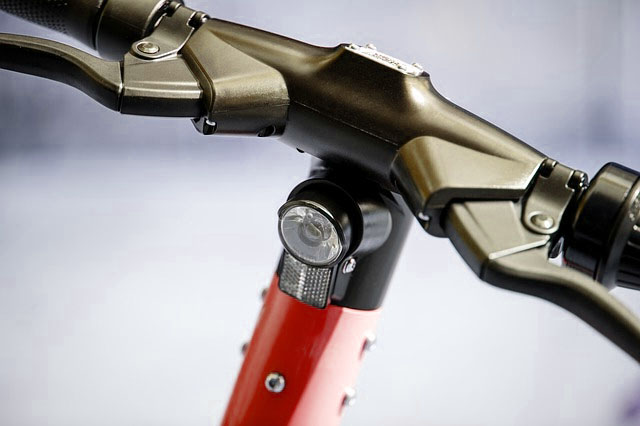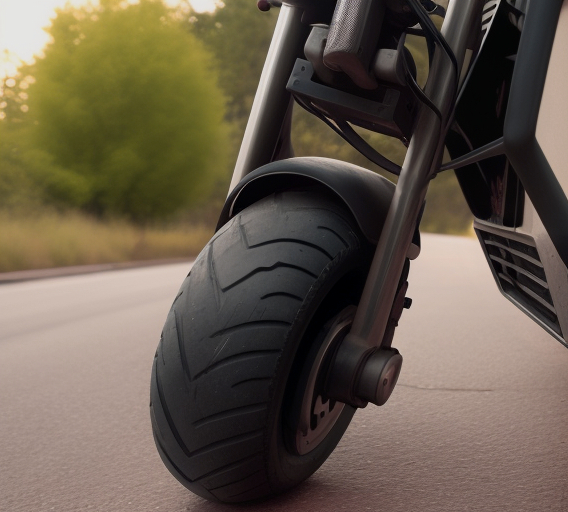
Electric scooters offer a fun and efficient way to navigate through town. One crucial component that often goes overlooked is the scooter tire. Just like car tires, scooter tires play a huge role in how your scooter performs (weight), how safe it is (brake distance and slippage), and how comfortable (shock absorption) your ride will be. There are many cool looking tires but selecting the ideal type for your electric scooter extends beyond mere aesthetics.
There are mainly three types of tires used in electric scooters – Pneumatic, Solid (Filled and Honeycomb). Each type of tire has its own set of pros and cons.
Here’s a deep dive into the world of electric scooter tires.
Pneumatic Tires
First off, let’s talk about pneumatic tires. These are air-filled tires and they come in two types: tubeless and inner tube.
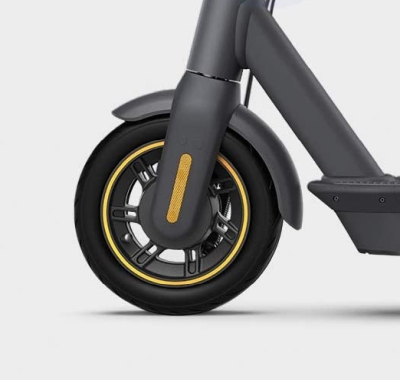
Tubeless tires are robust and durable. They’re designed to resist punctures, and they typically offer higher performance. On the other hand, if you do get a flat or need to change a tubeless tire, it can be a bit of a pain.
Inner tube tires, on the other hand, have a separate tube that holds the air, similar to traditional bicycle tires. If you get a puncture, you only need to replace or patch the inner tube, not the whole tire, this can reduce the cost of repairing a punctured tire.
Here are the pros and cons for pneumatic tires:
Pros:
- More efficient
- Better cushioning, offering a smoother ride.
- Superior traction, even in wet conditions
- Lower rolling friction
- Easy to find replacements.
- You can patch the inner tube (Inner tube tires)
Cons:
- Can get flats
- Requires regular tire pressure maintenance.
Filled Solid Tires
Next up, we have solid tires. These are airless tires that use rubber or solid polyurethane foam filling material to keep their shape.
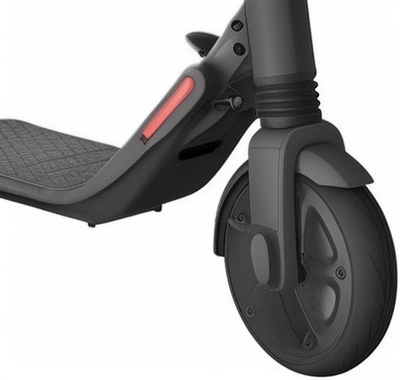
Filled tires contain rubber, foam, or other solid yet flexible polymer filling. They’re a bit heavier and stiffer in construction, but they’re also tough.
Here are the pros and cons for solid tires:
Pros:
- No maintenance required.
- Completely immune to punctures, impossible to get a flat
- Generally, less expensive than pneumatic tires
Cons:
- Can be difficult to replace.
- Might wear down more quickly due to higher rolling friction.
- Heavier than air-filled and honeycomb tires
- Bumpier ride
- Worse traction, especially in wet conditions
Honeycomb Tires
Honeycomb tires have an internal honeycomb or ribbed construction. This design not only provides structural integrity but also helps to keep the weight down. They offer more cushion than filled solid tires because there are air pockets within the tire. Honeycomb tires are less common.
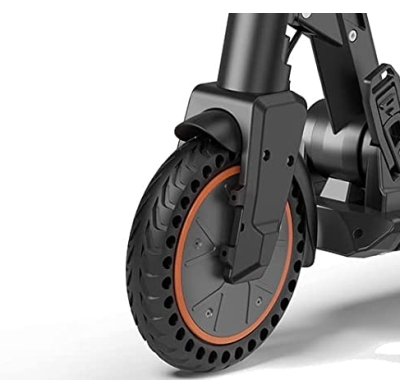
Pros of Honeycomb Tires:
- Lightweight
- Good structural integrity, resistant to flats
- More cushioning than filled solid tires.
Cons of Honeycomb Tires:
- Less common, so may be harder to find a replacement.
- Still not as smooth a ride as pneumatic tires
- They are more expensive.
Tire Size and Tire Tread Patterns
Beyond the type of tire, the size and tread pattern also make a big difference to your scooter’s performance. Bigger, wider tires usually make for a safer, more comfortable ride.
Tires can have either a knobby off-road tread or a smooth tread for paved roads. Most commuter scooters come with smooth on-road tires, but if you’re into more extreme scooter action, you can get scooters with off-road tires too.
- Smooth (Street) Tread: These tires have a smooth surface that provides excellent traction on paved surfaces such as asphalt and concrete. They are best for riders who mostly use their electric scooters on streets, bike lanes, and sidewalks. The smooth tread reduces rolling resistance, which can improve the scooter’s efficiency and battery life.
- Off-Road Tread: These tires have a more aggressive, knobby tread pattern designed to provide traction on loose or uneven surfaces such as dirt, gravel, and grass. Off-road tires are typically found on more robust, performance-oriented scooters intended for trail riding or other off-road use. They are not as efficient as smooth tread tires.
Over-Inflation and Under-Inflation
Maintaining the correct tire pressure is crucial for the performance, safety, and longevity of your pneumatic electric scooter tires. Both over-inflation and under-inflation can lead to problems and safety hazards.
Over-inflating your scooter tires means filling them with too much air beyond the manufacturer’s recommended PSI (pounds per square inch).
Problems associated with over-inflation include:
- Reduced Traction, less grip
- Harsher Ride, less comfortable ride
- Increased Risk of Damage, more susceptible to damage
Under-inflating your tires means filling them with less air than the recommended PSI.
Problems associated with under-inflation include:
- Increased Rolling Resistance, faster battery drain
- Reduced Lifespan, increased wear and tear
- Poor Handling
- Lean or pull to one side
Correct tire pressure can prevent flats and results in improved traction, control, ride comfort, mileage, and speed. The recommended PSI for your electric scooter tires can be found in the user manual or sometimes on the tire itself.
Tire Maintenance
Like any other land vehicle, your electric scooter’s tires wear down over time. This process is sped up by hard braking, high-speed riding, or navigating rough surfaces. Tires should be replaced when their tread gets too low. Worn tires can negatively impact your scooter’s performance, increase the risk of flats, and even have legal implications if the tread depth falls below the minimum legal limit.
Here are some key points to remember about tire maintenance:
- Regularly check and adjust your tire pressure to the recommended PSI.
- Monitor your tire tread. If it’s getting thin or your tire appears smooth, it’s time for a replacement.
- Address issues such as punctures or sudden pressure loss immediately to prevent further problems.
- Seek professional help if you’re unsure about tire issues or maintenance.
- Ride responsibly to avoid unnecessary wear and tear on your tires.
Proper tire maintenance not only extends their lifespan but also ensures a safer and smoother ride.
The Bottom Line
Choosing the right tires for your electric scooter isn’t just about picking the ones that look the coolest. It’s about considering your needs, riding terrain, comfort and efficiency, maintenance requirements, and cost. We hope that you can now make an informed choice about the tires for your electric scooter.
